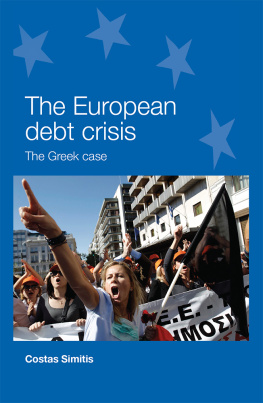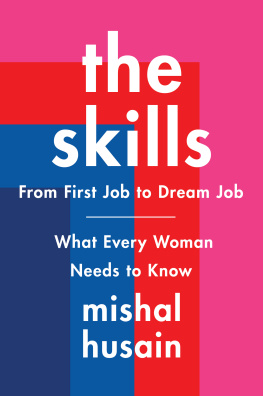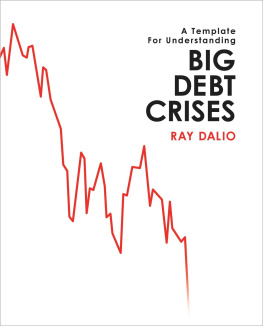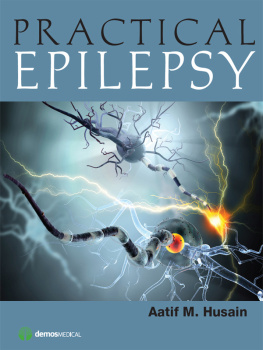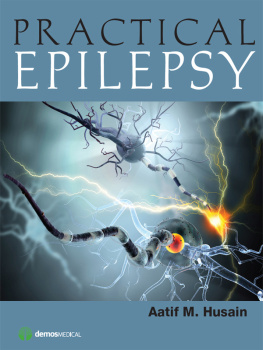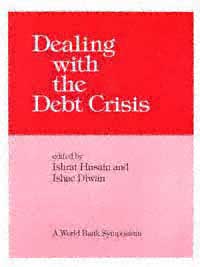| As part of its ongoing research effort to help deal with the consequences of the debt crisis, the World Bank organized a conference in January 1989 at which academics and Bank researchers presented papers on selected aspects of the debt problem. Rather than attempt in this foreword to summarize the fine introduction to the volume by the editors, Ishrat Husain and Ishac Diwan, I will take the opportunity to discuss the role of public and academic debate in the debt crisis (and by extension more widely in public policy formulation), before concluding with brief comments on the post-Brady world. |
| First, a preliminary question: is material presented at this pre-Brady conference still useful after the radical change in the debt strategy that began to take shape in 1989? The answer is of course yes: analyses of the fiscal impact of the debt crisis on the debtors, of the bargaining situation among the debtors, creditors, and the international financial institutions (IFIs), of the impact of the tax and regulatory environment on the position of the banks and the bargaining, of the impact of the debt overhang, of the effects of conditionality, and of the lessons of interwar and recent history, all bear directly on what will happen in the next few years. |
| The debt crisis is likely to end with a whimper and not a bang. But however it ends, several lessons of recent experience deserve to be emphasized. First, the record shows that frank and open debate does not take place in official and banking circles. It was clear to the participants in this conference at the beginning of 1989, as it had been clear to many much earlier, that growth in the debtor countries would not return without debt relief. But the official agencies operate on the basis of an agreed-upon strategy, and none of them could openly confront the existing strategy without having an alternative to put in place. And to propose such an alternative would have required agreement among the major shareholders of these institutions. So long as the United States was not willing to move, the IFIs were not free to speakthough to be sure the repeated emphasis on debt reduction, with "voluntary, market-based" added sotto voce by the heads of the World Bank and IMF, was signaling their conclusion that it was time to move on. |
| Second, academic research, writing, and opinion have been far more influential on the debt issue than the academics may believe, or than officials like to pretend, for the academics are unencumbered by the official need to support the official strategy. It was academics who were first to point out that the stabilization focus of the programs imposed on debtors to deal with the debt crisis from 1982 to 1985, while necessary, was not sufficient for growth. The Baker strategy's emphasis on growthalthough unfortunately unsuccessfulwas a response not only to the lack of growth and consequent political pressure in the highly indebted middle-income countries through 1985, but also to the well-informed public debate in the United States and in Latin America during that period. Similarly, the academics' drumbeat of criticism against the Baker strategy during 1987 and 1988 helped keep up the pressure for changeespecially the pressure from Congress on the U.S. administration. |
| Third, in the debt crisis, as in the earlier crisis of the Bretton Woods system, the solution that was adopted, while heavily influenced by the preceding debate, was not based directly on any of the many earlier proposals. The public debate helps describe the ingredients for and the menu of possible solutions: the official processes pick and choose items from the menu, and usually concoct their own recipesand in so doing they are not guided solely by the underlying economic factors. |
|





